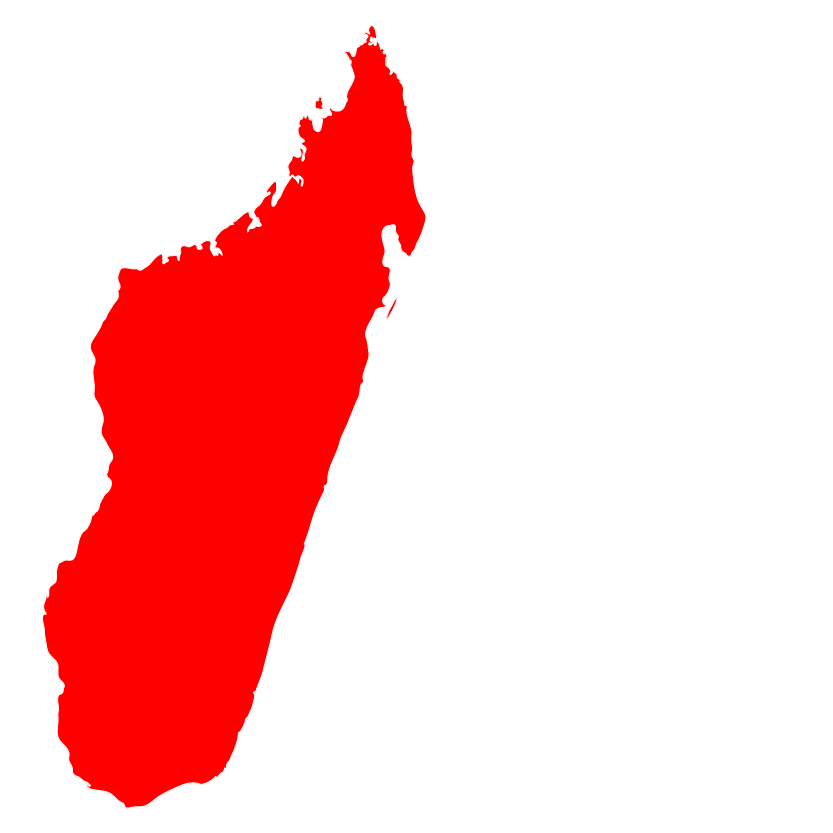As of 17 May 2021, a total of 198 Palestinian people were killed in Gaza, including 58 children and 35 women, and 1,300 people injured, including 313 children and 206 women according to the Palestinian Ministry of health. On the Israeli side, 10 people in Israel, including one soldier, have been killed and hundreds have been injured as a result of the escalating conflict between Israel and the Hamas.
More than 47 education facilities, 132 buildings (commercial and residential), 316 housing units have been severely damaged, and rendered uninhabitable, about 206 housing units have suffered major damage, and 6,268 housing units have sustained minor damages leaving over 2,500 people homeless and more than 42,000 IDPs.
This conflict came amidst and on top of the pandemic crisis and it’s economic predicament that will surly exacerbates the already fragile health and economic situation in the West Bank and in the Gaza Strip.
The ACT Palestine Forum is planning on submitting an appeal to ensure that the affected persons’ basic needs are met with regards to Shelter/ NFI’s, food assistance, Health, Protection/MHPSS, CASH and WASH including the response to COVID-19.

